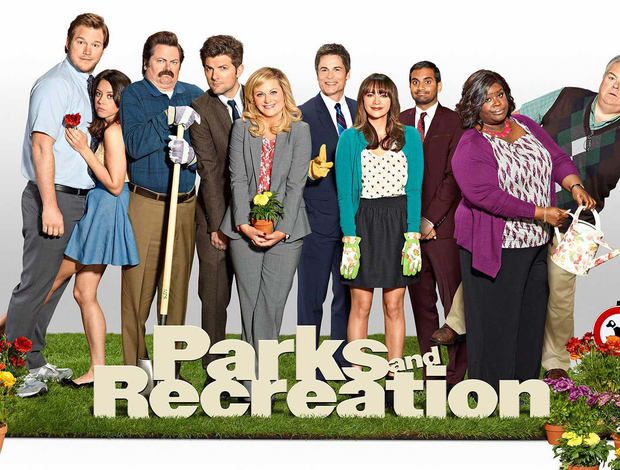
#Wellness and recreation update
Work with local planning and transportation departments to update city policies to include goals designed to increase access to park, trails, and recreational facilities.Work closely with local planning and transportation departments to build and maintain sidewalks, crosswalks, bike racks, bike paths, and shade trees, as well as routes within and between parks, trails, and other key destinations.Increase access points to recreation areas and green spaces or locate them along public rights of way so they are more accessible to community members.Consider design elements like walking loops to promote activity, benches where people can take breaks, or shade for cooling and sun shelter. Use welcoming designs that represent all community members.
#Wellness and recreation how to
Work with communities to get their input on how to create or improve local recreation areas and green spaces.Consider using mapping tools to assess the location and quality of current parks (see Resources below). Work with a local coalition to locate and improve parks, trails, and recreational facilities near homes, schools, worksites, and other places where people regularly spend time.You can use the following strategies to encourage physical activity in your community:ĭesign communities that support safe and easy places for people to walk, bike, wheelchair roll, and do other physical activities. They help people reduce their risk of illness and injury by providing safe spaces where people can play and exercise away from busy streets and commercial zones. Parks can provide environmental benefits as well, by reducing air and water pollution, protecting areas from inappropriate development, and mitigating urban heat islands. They also provide a place where neighbors can meet, which improves community connections.

They provide a place where people can be physically active to reduce stress, which can improve their mental health. Parks and trails that are well-designed offer many benefits. Even fewer people live in a community that has both safe streets for walking and access to places for physical activity like parks. The closer people live to a park and the safer they feel in the park, the more likely they are to walk or bike to those places and use the park for physical activity.īut less than half of people in the United States live within half a mile of a park. People who have more access to green environments, such as parks and trails, tend to walk and be more physically active than those with limited access. As a park and recreation professional, you can influence community health and increase physical activity by providing and promoting safe, equitable, and inclusive access to parks, trails, recreation areas, and green spaces.


 0 kommentar(er)
0 kommentar(er)
